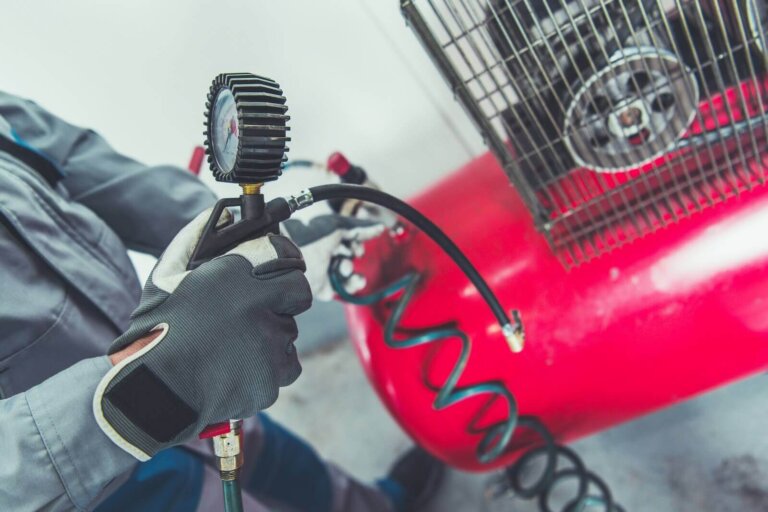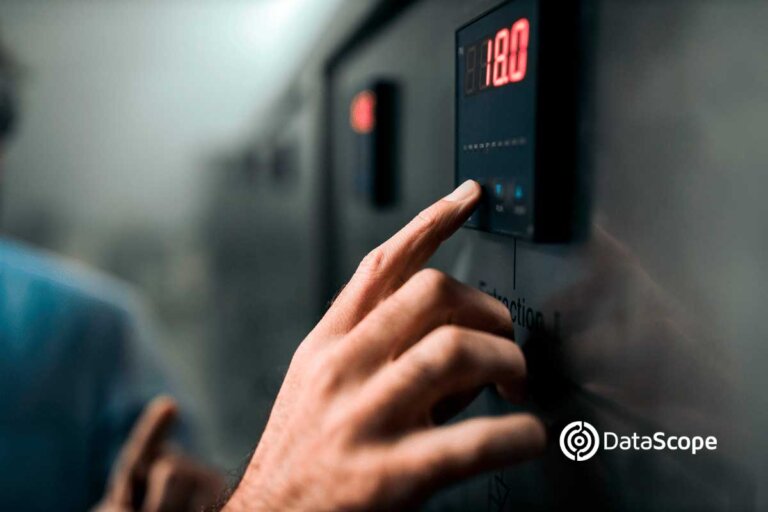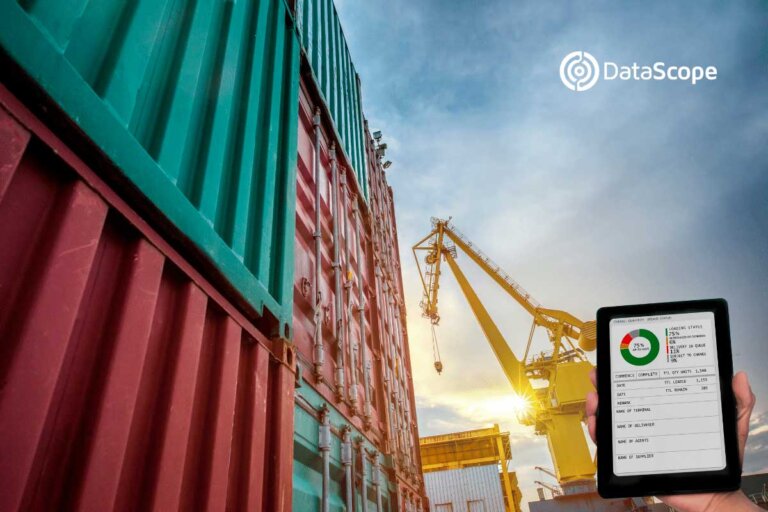Digital technology offers modern solutions that allow to carry out this task in a more agile, efficient and proactive way. Something especially valuable to reduce the risks of incidents at work and to face the current health contingency scenario.
Along with the physical infrastructure and technical equipment, Human Capital is vital to the success of any company. Therefore, their well-being and job security occupy a fundamental place among the various strategies that we must apply in order to achieve a more efficient human resources management.
On this basis, it is important to emphasize that safety in the workplace goes beyond the form adopted by the preventive strategy used. It is also important that any program consider, in its preparation and application, the following fundamental principles:
1. Analysis of the workplace
It involves carrying out a comprehensive evaluation of all the physical environments where the worker performs their daily tasks, as well as understanding the effort that they demand, and the respective physical activity factors necessary to complete them.
2. Work safety analysis
It consists of identifying the potential hazards that the worker may face in their workspace, and establishing the necessary steps to perform the tasks safely.
3. Observation of safety at work
It is the description of the processes and procedures, which we must follow for a correct application of the entire security strategy, as a whole.
THE COMPLEX CURRENT SCENARIO
Although it seems a simple procedure, the reality seems to be increasingly complex in terms of effective implementation. Especially if the aim is to achieve maximum efficiency in the prevention of security incidents (the so-called “zero scenario”).
According to statistics from the National Safety Council of America, every seven seconds a worker is injured at his job. In addition to the physical and psychological consequences that this has for the employee himself, this figure is equivalent to losing 104 million days of production per year, because of injuries related to incidents at work.
The same study establishes that installation, maintenance and repair activities are among the top five occupations with the highest number of safety problems in their workplace.
Such a high accident rate contrasts with the increasingly strict requirements and regulatory standards imposed by international government legislation. A legal framework that, with the impact of the COVID-19 pandemic, appears to have intensified further. Despite this, every day we are witnessing new accidents and / or occupational diseases that seem to continue to increase the feeling of risk in the productive population.
UNIVERSAL VALUE
The double impact generated by a working mass more exposed to accidents, and the fear of contagion of coronavirus, makes it more necessary to have agile and efficient tools to analyze occupational safety risks on the ground.
In particular, new job security forms are required in order they can be used in online environments, continuously replicated, or completely changed, according to today’s highly changing needs.
The strategic importance of this type of tool lies in the fact that, to optimize the safety of workers, it is necessary not only to worry about preventing occupational hazards, but also to report them (and analyze them) in a timely manner, every time an accident occurs.
As an example, in recent months, we have seen how, only in the agriculture-food sector, a large number of companies and entrepreneurs have had to close due to the exponential multiplication of COVID-19 cases among their workforce.
The problem has been twofold, because in most of these cases, the initial infections were not reported in a timely manner, which generated a health and safety crisis. In other words, the failure to carry out an adequate analysis of occupational safety caused an internal danger with enormous financial repercussions and, in addition, a threat to the food safety of consumers.
This motivated the aggressive intensification of health protocols by regulatory bodies, through supply chains, customers and end consumers. However, this is clearly an insufficient effort if, at the same time, companies do not practice rigorous, proactive and more efficient job safety analysis. This would allow recognizing scenarios; obtain accurate and relevant conclusions; and apply them in an agile, dynamic, objective and precise way.
As an example, the United States Department of Labor’s Occupational Safety and Health Administration published a comprehensive job safety analysis guide, on its website, for oil and gas workers and employers facing increased risk of occupational exposure.
Although it is specifically oriented to the risk of contagion of COVID-19, its recommendations can be extrapolated to the entire general field of occupational safety:
– Stay aware of the changing conditions of outbreaks, including the spread of the virus and the availability of testing in the community.
– Implement infection prevention and control measures in the workplace, to better adapt to evolving risk levels.
– Evaluate the hazards to which workers may be exposed.
– Constantly assess the risk of exposure.
– Select, implement and ensure that workers use a hierarchy of controls to prevent exposure (and contagion).
Beyond the current health contingency, technology comes to the aid of companies to optimize their good practices in this area, allowing them to carry out simplified work safety analyzes, through low-code applications (which guarantee speed and ease in their implementation).
These tools are based on simple mobile forms, ready to use and that, in the case of COVID-19 control, meet all the requirements stipulated by the Center for Disease Control, CDC.
These lists consider very simple and direct actions, ranging from the monitoring of symptoms, and the application of detection and self-reporting checklists, to the preparation or sanitization of the workspace, the preparation of reports of incidents of exposure to viruses, and quarantine monitoring.
These valuable practical applications confirm the fact that simplified workplace safety analyzes carried out using these digital technologies, which are easy to implement and adapt to the reality of each company, deliver a series of concrete benefits.
These advantages are:
– They allow updating and implementing analysis forms with agility, and that can be adapted in a very short time to the changing characteristics of the environment.
– They protect the safety of technicians, allowing them to create workplace observation applications, as well as perform remote analysis of the workplace and its safety, working directly from their mobile equipment, and preventing new sources of eventual incidents.
– They allow creating new forms of security, and scaling protection to an exponentially growing number of workers, with the same speed with which environmental situations can change.
– They establish compliance protocols that can be easily monitored, tracked and stored, and retrieved, for statistical and auditing purposes.
– They provide valuable field data, which helps in the detection of security problems, and optimizes the priorities of resource allocation.
– Streamline and speed up incident reporting.
In other words, taking this technological evolutionary step entails the possibility of creating a modern and efficient workplace safety culture. This will not only be reflected in better traceability and risk analysis, but it will also keep the workforce (and the community in general) healthier and safer.







